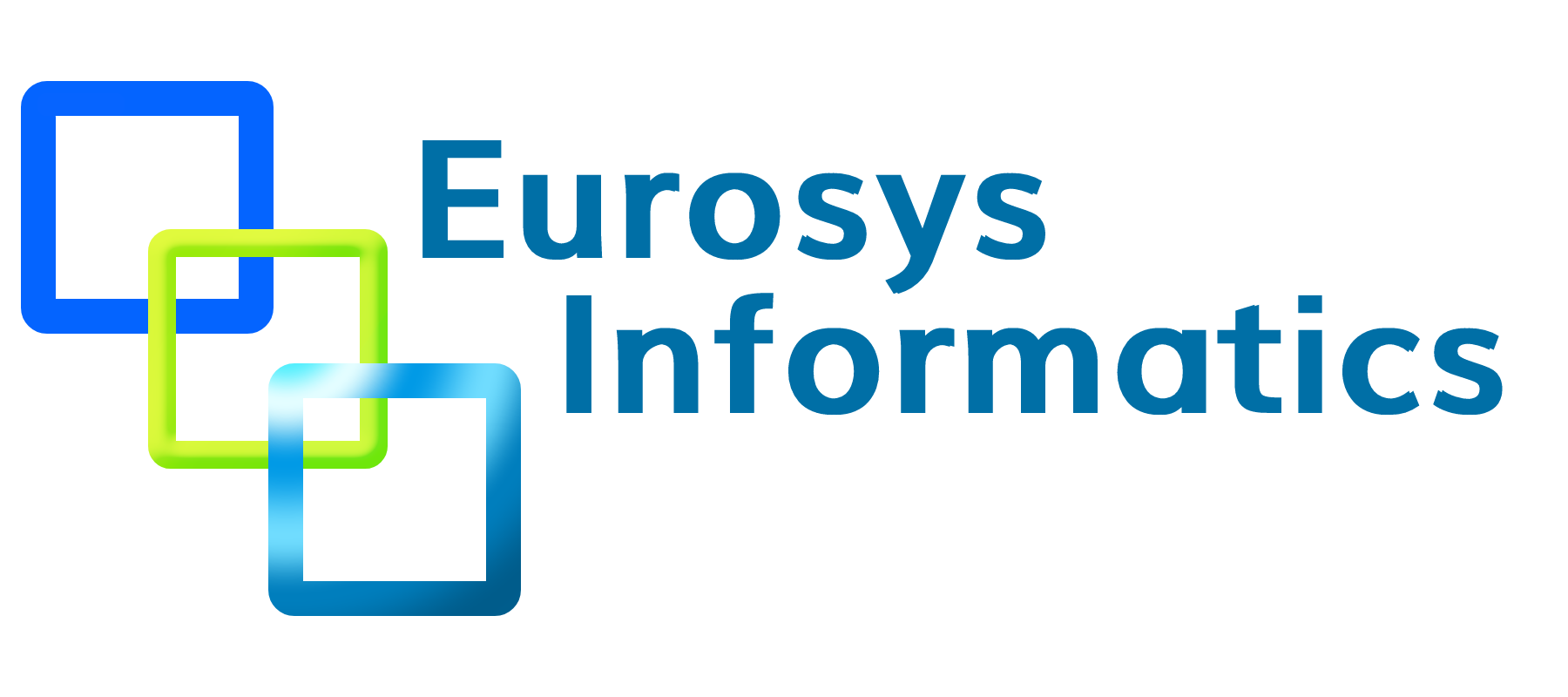IOT and Embedded Systems
Embedded systems and IoT (Internet of Things) are both technologies that involve the integration of software and hardware. While there are similarities between the two, they have distinct characteristics.
An embedded system is a computer system that is designed to perform a specific function within a larger system or device. It is typically a small, low-power device that is optimized for a particular task, such as controlling a machine or monitoring a system. Embedded systems are often built into larger systems, such as automobiles, home appliances, medical devices, and industrial equipment.
IoT, on the other hand, is a network of physical devices, vehicles, home appliances, and other items that are embedded with sensors, software, and connectivity, enabling them to exchange data with other devices and systems. IoT devices can be standalone, but they are often part of a larger system that enables remote monitoring, control, and data analysis.
While embedded systems and IoT have some similarities, they are different in their scale, purpose, and capabilities. Embedded systems are typically focused on a specific task or function within a larger system, while IoT devices are designed to communicate with other devices and systems to enable new applications and services. Both technologies are becoming increasingly important in a variety of industries, from manufacturing and healthcare to consumer electronics and smart homes.
How IOT and Embedded System help Industry and day today life?
Embedded systems and IoT are helping to transform many industries and aspects of daily life by enabling new capabilities and improving efficiency, safety, and convenience. Here are some examples:
Smart homes and buildings
IoT devices and embedded systems are being used to automate and control various aspects of homes and buildings, such as lighting, temperature, and security systems. This allows for greater comfort, convenience, and energy efficiency.
Healthcare
Embedded systems are used in medical devices such as pacemakers, insulin pumps, and blood glucose monitors to help patients manage chronic conditions. IoT devices are also being used to remotely monitor patients and provide real-time data to healthcare providers.
Transportation
Embedded systems are used in the control systems of vehicles, such as engines, brakes, and suspension systems, to improve safety and efficiency. IoT devices are also being used to provide real-time traffic information and to manage fleet logistics.
Agriculture
IoT devices are being used in precision farming to collect and analyze data on soil moisture, temperature, and other factors to optimize crop yields and reduce waste.
Manufacturing
Embedded systems are used in industrial control systems to improve efficiency, accuracy, and safety. IoT devices are also being used to collect data on machine performance, monitor inventory, and manage supply chain logistics.
Overall, the use of embedded systems and IoT is helping to create smarter, more connected, and more efficient systems and devices, leading to a wide range of benefits for individuals, businesses, and society as a whole.
Technologies and programming language used in IOT and Embedded Systems
There are a variety of technologies and programming languages used for IoT and embedded systems development. Here are a few examples:
C and C++
IoT devices and embedded systems are being used to automate and control various aspects of homes and buildings, such as lighting, temperature, and security systems. This allows for greater comfort, convenience, and energy efficiency.
Python
This high-level programming language is often used in IoT applications due to its ease of use and rapid development capabilities.
Node.js
This JavaScript runtime is used for server-side applications, making it useful for IoT gateways and cloud services.
MQTT
This messaging protocol is commonly used for IoT device communication, allowing for efficient and reliable data transfer between devices.
LoRaWAN
This low-power wide-area network (LPWAN) protocol is used for long-range wireless communication in IoT applications, enabling low-power devices to communicate over long distances.
Bluetooth Low Energy (BLE):
This wireless communication protocol is commonly used in IoT applications due to its low power consumption and compatibility with mobile devices.
Real-time operating systems (RTOS)
These specialized operating systems are designed for use in embedded systems and provide real-time capabilities, such as low latency and deterministic performance.
Overall, the technologies and programming languages used for IoT and embedded systems development vary depending on the specific application, with a focus on efficiency, low power consumption, and real-time capabilities. Developers must have a strong understanding of the hardware and software components involved in order to create effective and reliable systems.
